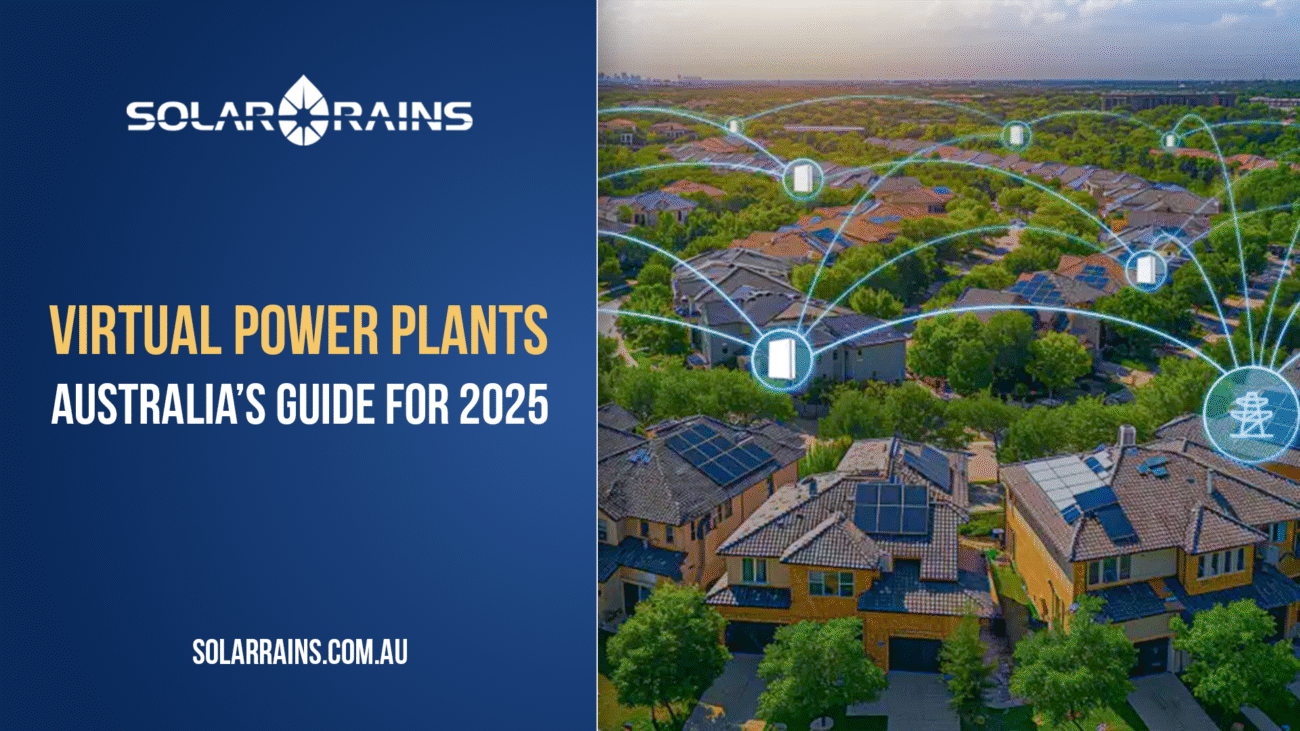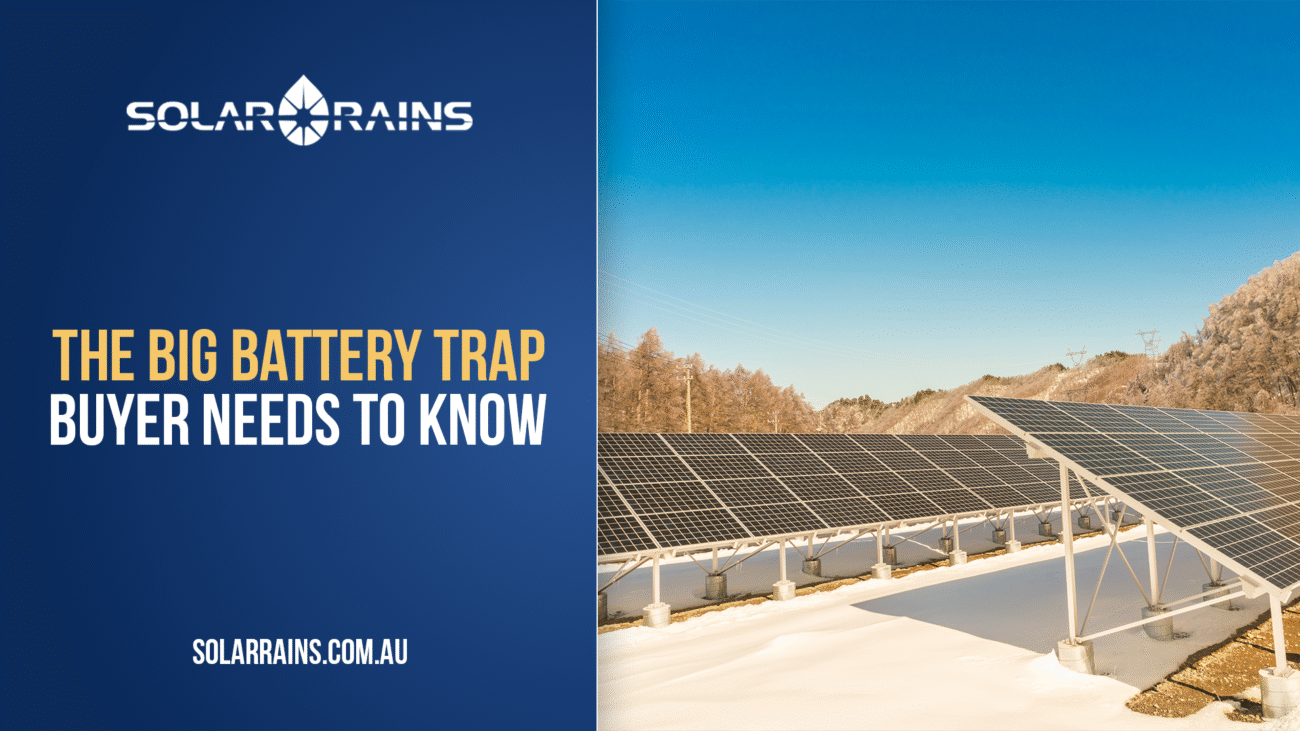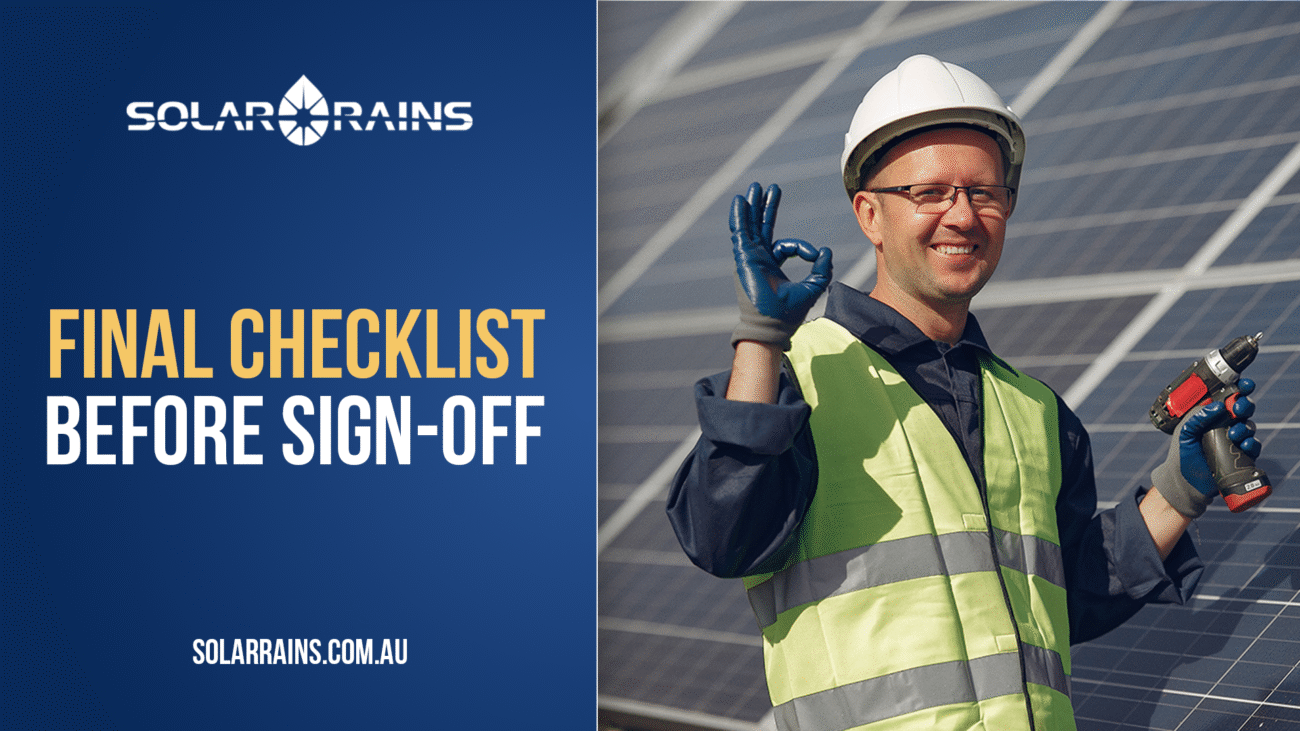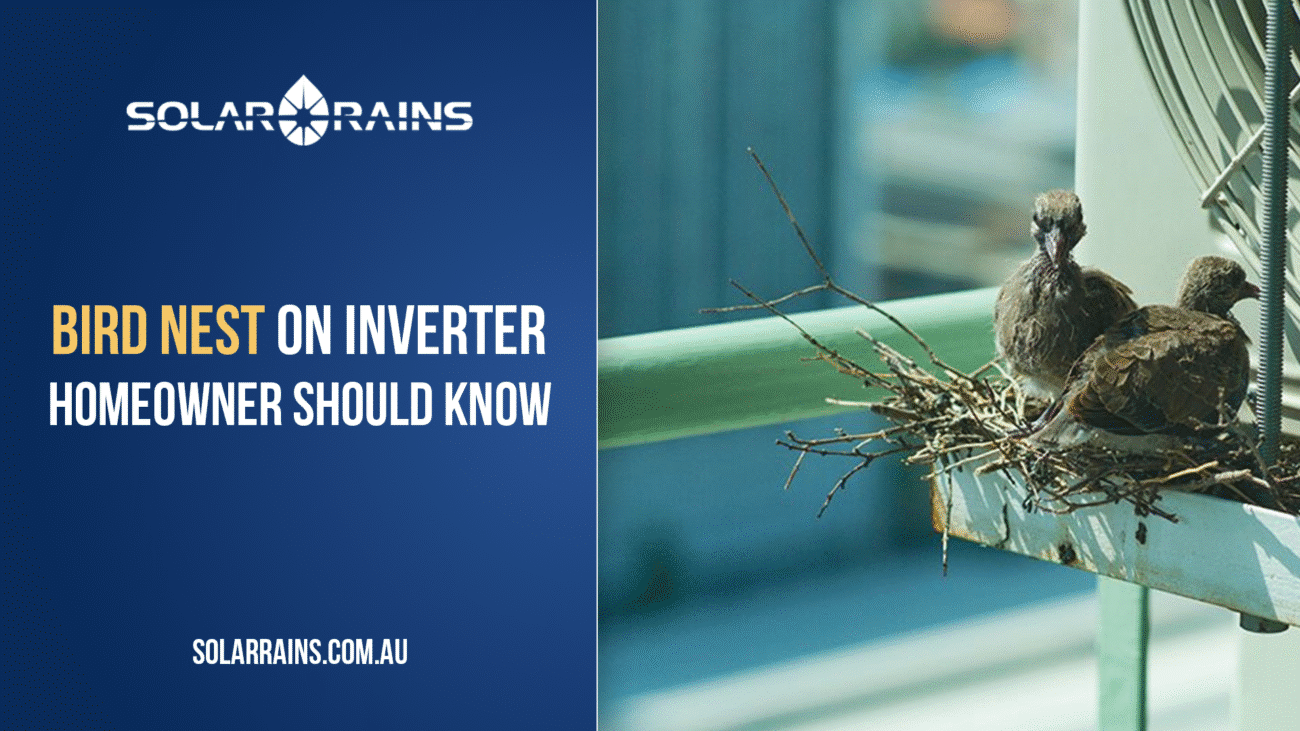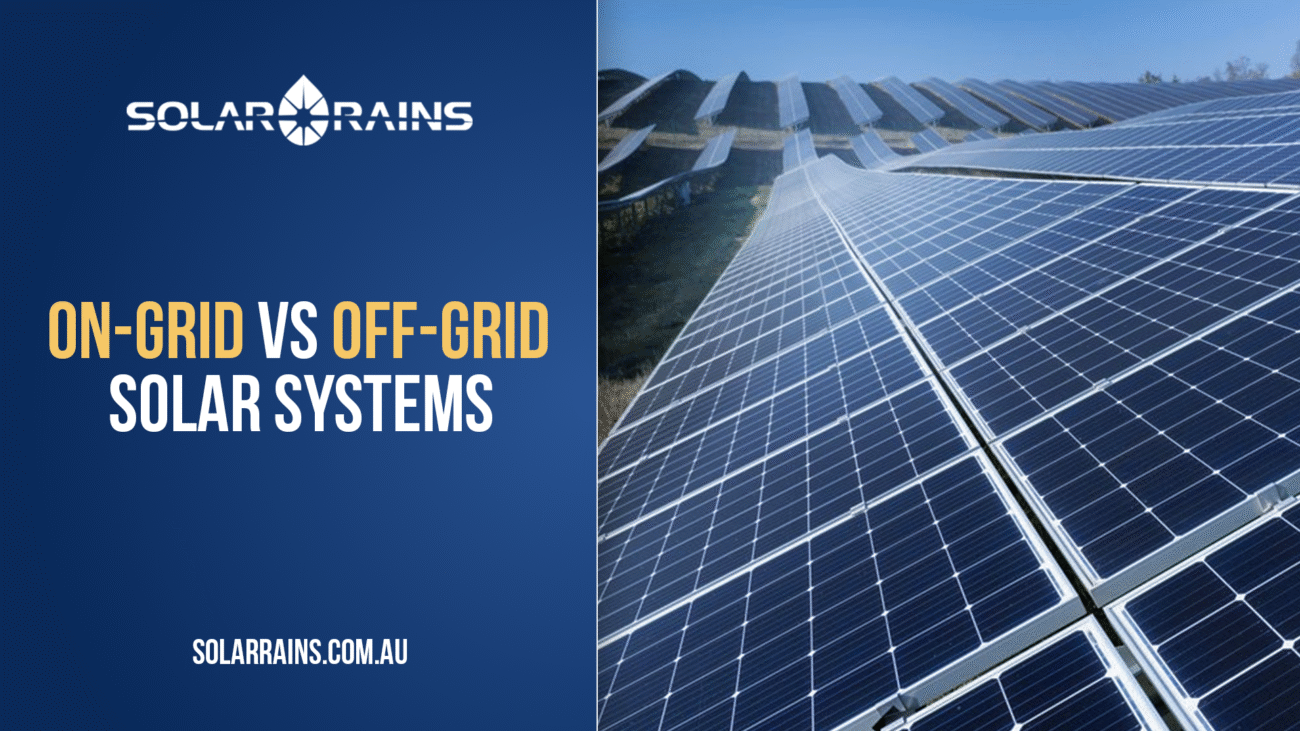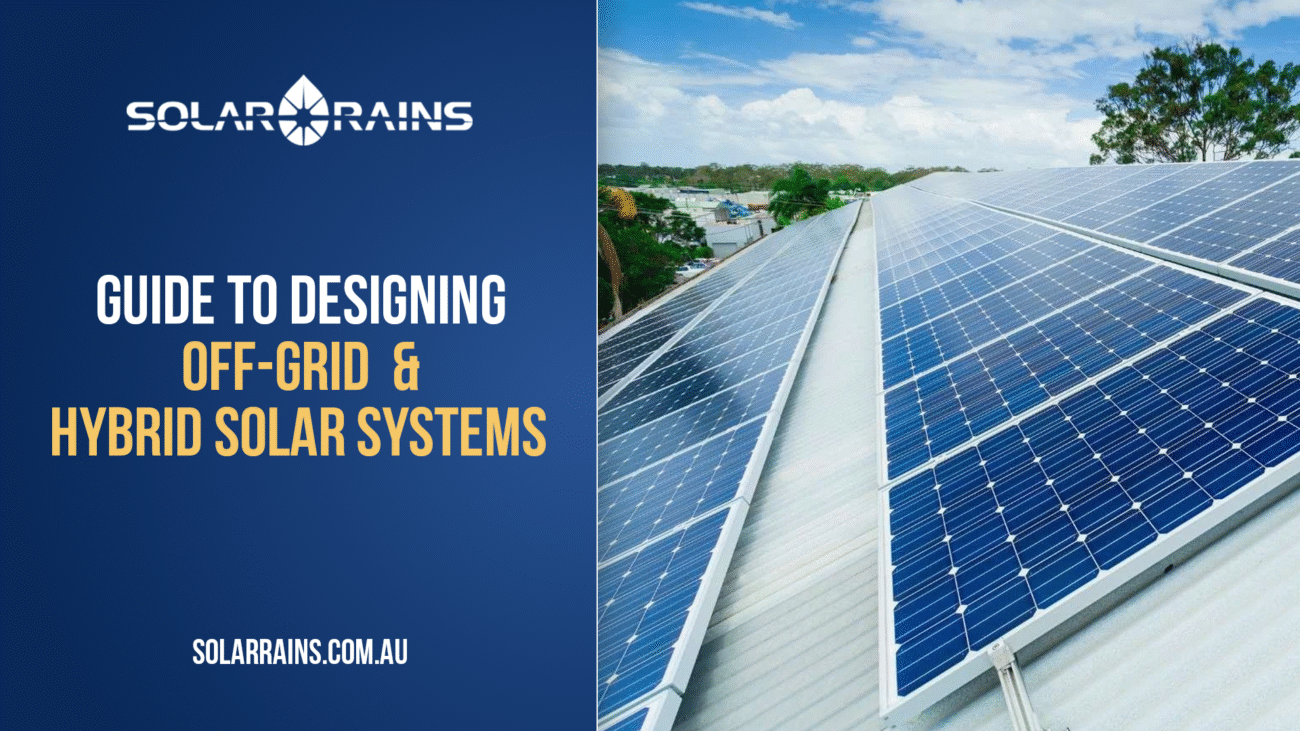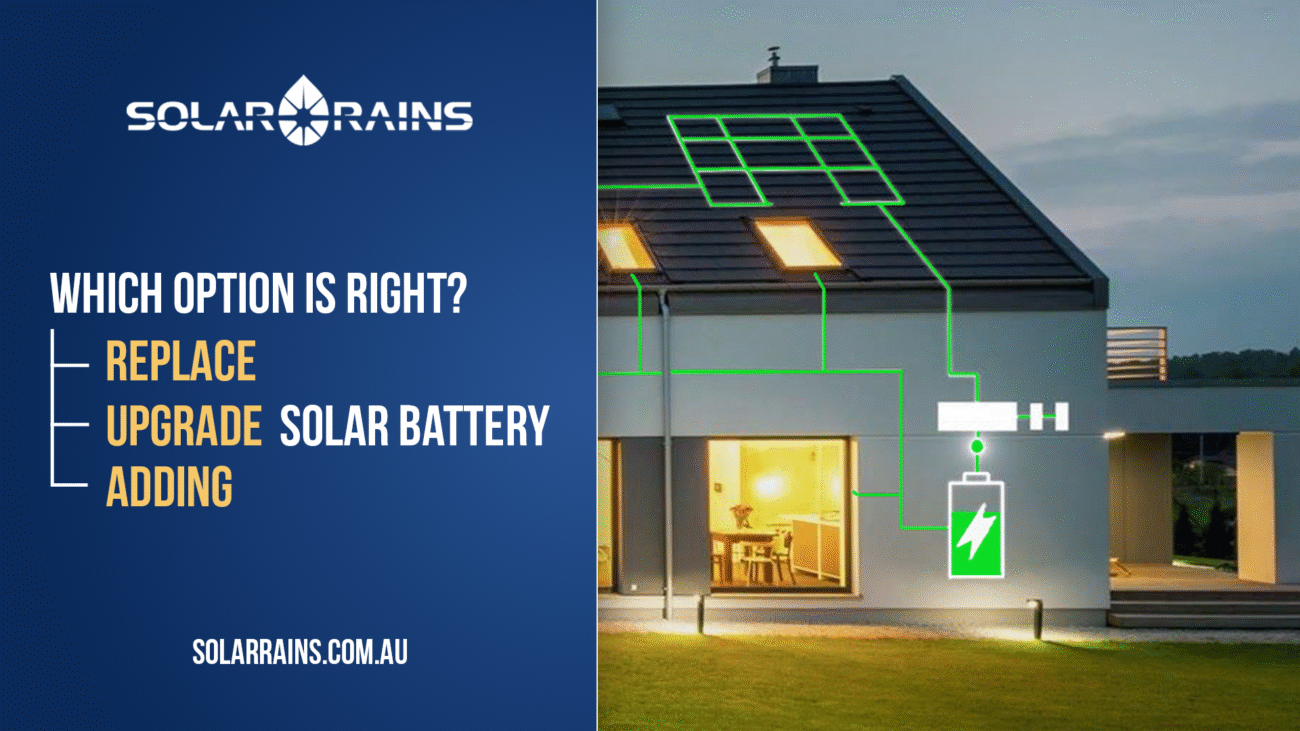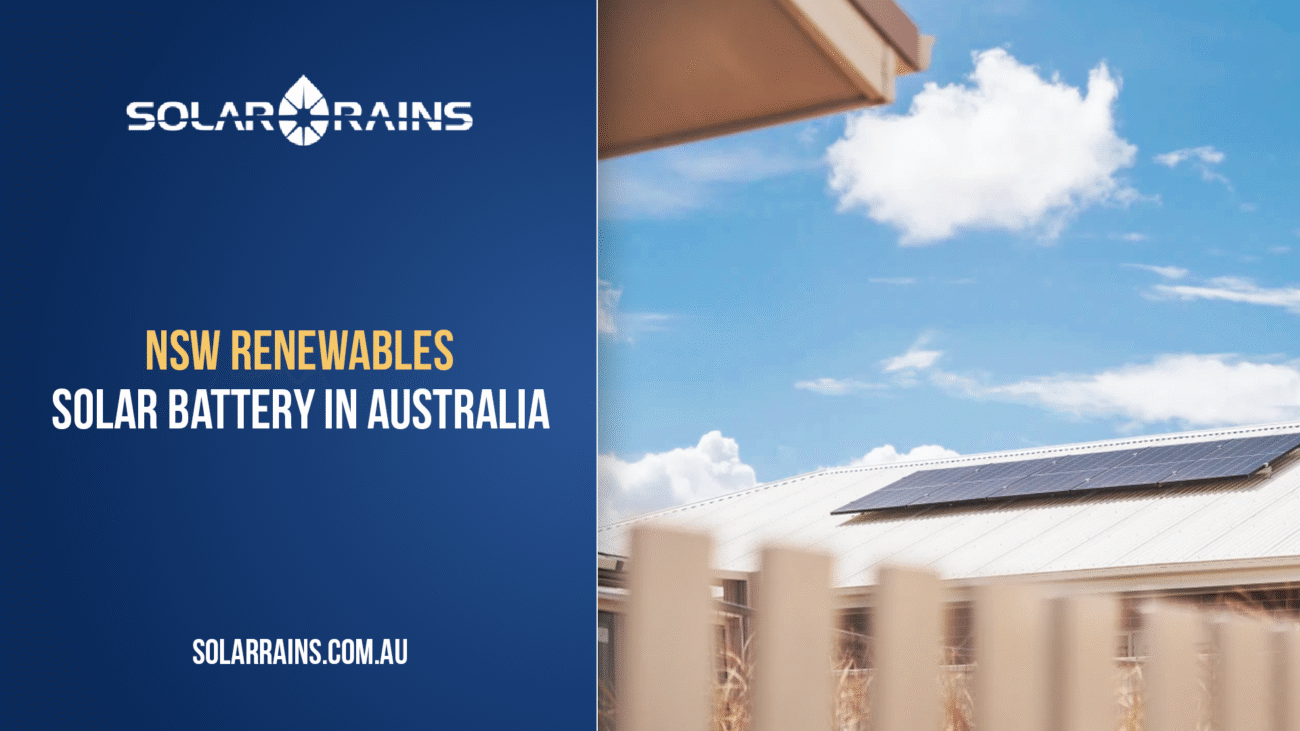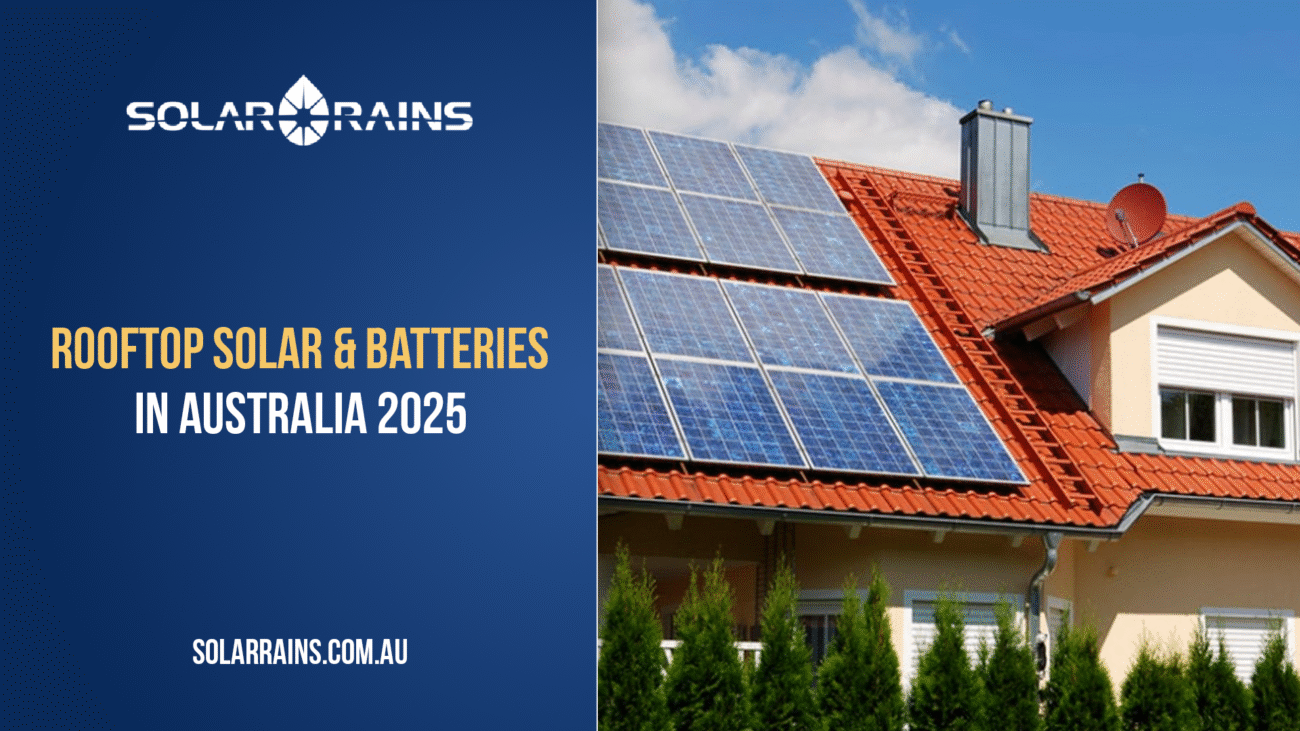Why VPPs Are Gaining Traction in Australia
Australia’s energy landscape is shifting rapidly. With millions of homes already fitted with rooftop solar, the next frontier is leveraging solar battery systems not just for individual benefit, but for grid-scale value. Virtual Power Plants (VPPs) are emerging as the mechanism to do exactly that – by pooling many distributed battery systems, coordinated by smart software, to act like a centralized power plant.
In 2025, VPP participation is becoming a key path for households and small businesses to monetize their solar battery investment, support grid stability, and enjoy cleaner, more resilient energy. This guide walks you through how VPPs work, their benefits and drawbacks, how to join, the incentives available in Australia, and whether it’s worthwhile for your situation.
What Is a Virtual Power Plant (VPP)?
A Virtual Power Plant (VPP) is a networked aggregation of distributed energy resources (DER) – typically homes and small businesses with solar panels and batteries plus smart controllers – that are orchestrated via a central platform to provide power to the grid, respond to demand, and dispatch energy when needed.
Instead of a single large power station, a VPP leverages many small units – solar battery systems behind meters – combining their output virtually. When coordinated, these dispersed systems can match or exceed the power of traditional generators during peak times.
In essence: many solar + battery systems, working in concert, priced and dispatched as one.
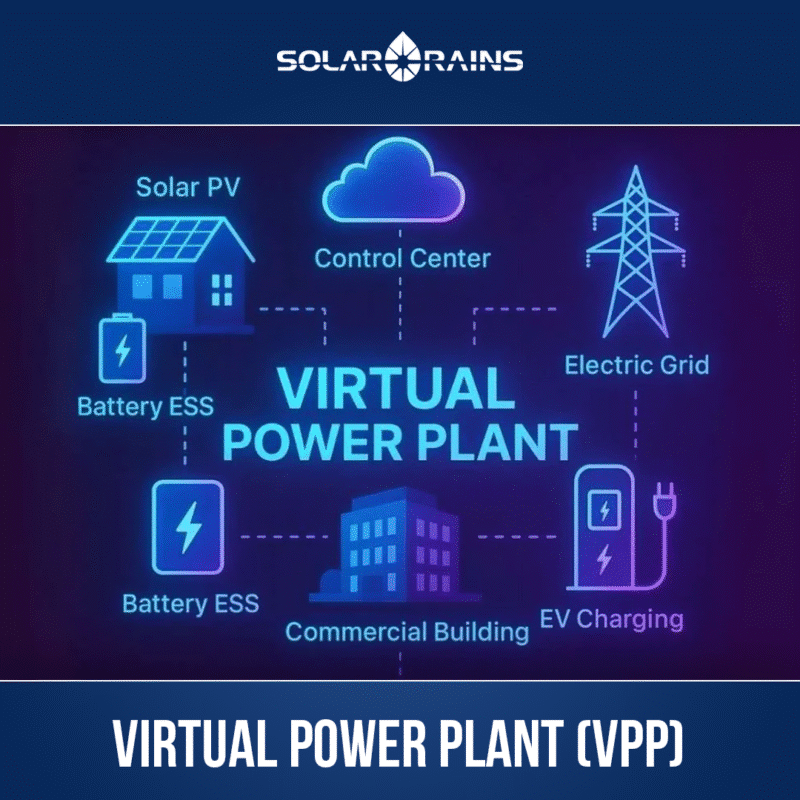
How Do Virtual Power Plants Work?
The operation of a VPP hinges on three pillars: aggregation, intelligent control, and market participation.
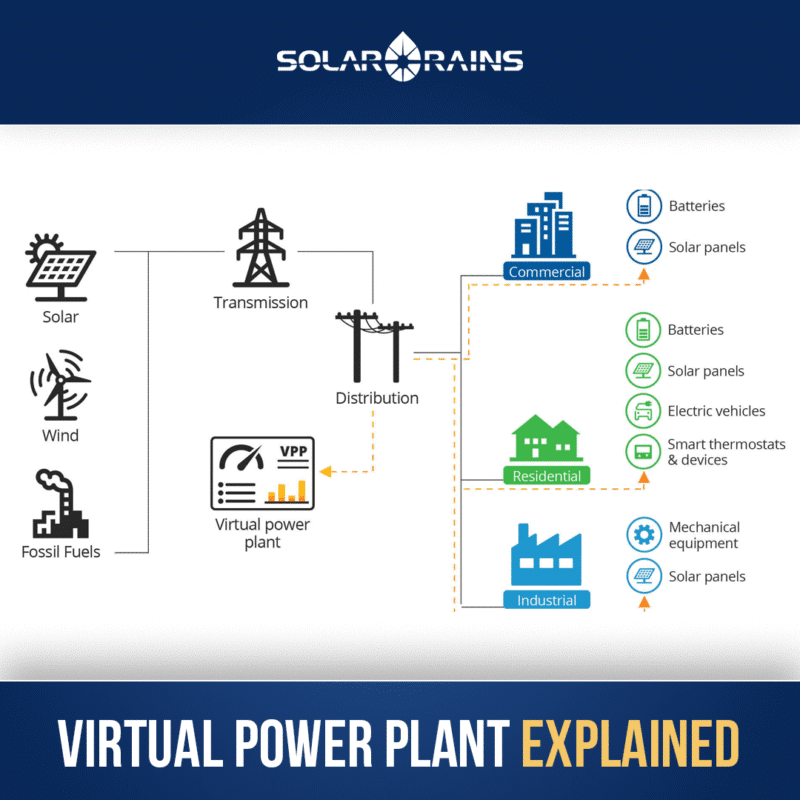
Aggregation of Solar Battery Systems: Households with solar panels and battery storage join the VPP through a provider. Their systems are connected, usually via internet, and data/control links ensure each battery can be commanded.
Smart Control & Dispatch: The VPP controller monitors forecasts (weather, demand, pricing) and individual battery states (state of charge, capacity). When demand is high or prices peak, the VPP may request batteries to discharge to the grid; or, during low-demand periods, charge from solar or grid backup.
Grid & Market Participation: The VPP operates in electricity markets — bidding into wholesale energy, providing ancillary services (e.g. frequency control), or helping with peak demand relief. The aggregated power acts like a dispatchable generator.
Because the VPP can combine small batteries, it gains scale and flexibility, which can compete with large power stations. In fact, recent regulatory changes in Australia will allow VPPs to bid directly in the wholesale market from 2027 onward.
Benefits & Drawbacks of Virtual Power Plants
Benefits
- Monetize Your Solar Battery: By participating, battery owners can earn credits or payments when their stored energy is dispatchable. Programs like EnergyAustralia’s “PowerResponse” offer bill credits for participating households.
- Better Return on Investment (ROI): The extra revenue from grid services helps shorten payback time of a solar battery.
- Grid Resilience: VPPs help smooth peaks, reduce stress on transmission lines, and improve reliability.
- Lower Energy Costs for All: When many homes dispatch together, it can reduce wholesale price volatility and benefit local grid stability.
- Environmental Impact: Encourages more renewable integration and reduces reliance on fossil-peaker plants.
Drawbacks / Risks
- Control Trade-Offs: You may relinquish some control of your battery to the aggregator during VPP events.
- Wear & Tear: More cycling can accentuate degradation of battery health.
- Contract Terms: Some VPP programs may lock you in, limit flexibility, or require strict eligibility.
- Uncertain Returns: Revenue depends on demand events, market prices, and VPP design.
- Compatibility Requirements: Your solar battery and inverter must meet technical standards to join.
How to Join a Virtual Power Plant
If you’re considering joining a VPP, here are steps to follow:
- Check eligibility: You typically need a solar battery system (often a hybrid inverter) that is communications- and control-enabled. The battery must support dispatch and monitoring features.
- Select a VPP provider: Many energy retailers or solar firms offer VPP programs (e.g., AGL, ENGIE, Plico). Each program has unique terms, incentives, and technical requirements.
- Install or upgrade your system: If your battery or inverter is not VPP-compatible, you may need to upgrade. The provider may assist or require certain hardware standards.
- Register and onboard: After connecting, the provider configures your system into the VPP network, sets communication protocols, and you may see performance dashboards or alerts.
- Dispatch & earnings: During peak grid events, your battery may be dispatched to supply energy. You’ll receive compensation or credits, as per the provider’s terms.
In NSW, for example, households may receive up to AU$1,500 incentive to connect their home battery into a VPP under new stacked subsidy schemes.
VPP Rebates & Incentives
Australia offers several policies to encourage solar battery + VPP adoption:
- Home Battery Subsidies + VPP stacking: NSW is stacking its state battery subsidy with the federal Cheaper Home Batteries program, increasing incentives for VPP-connected systems.
- Cheaper Home Batteries Program: This federal rebate program reduces the cost of home batteries by around 30%.
- State-level schemes: South Australia’s SA VPP project subsidizes battery installations in public housing.
- Retailer VPP Credit Programs: Some VPPs offer ongoing bill credits or payments for dispatch events (e.g., EnergyAustralia’s VPP)
- Future market reforms: From 2027, VPPs will be able to compete directly in the wholesale market under new AEMC rules.
Because incentives are evolving, households should review current local and federal schemes when planning VPP participation.
Should You Join a VPP?
Joining a VPP can be beneficial, but whether it’s right for you depends on several factors:
Consider joining if:
- Your home or business has a solar battery with dispatch capability.
- You have energy usage that aligns with peak demand periods.
- You live in an area with incentives or credit schemes for VPPs.
- You are comfortable giving some operational control in exchange for compensation.
- You seek greater ROI on your battery system.
Be cautious if:
- Your battery is small or outdated.
- Your electricity usage is minimal or occurs predominantly off-peak.
- You do not want restrictions on battery usage.
- The VPP’s compensation structure is not favorable.
Each user must evaluate with projected income vs risk. In some pilot trials, some households report additional earnings of tens to hundreds of dollars per year, but results vary.
Case Studies & Future Outlook
South Australia’s VPP (SA VPP)
One of Australia’s largest early VPPs, operated in partnership with Tesla and Energy Locals, aggregates thousands of home batteries to provide grid services, backup, and cost savings.
AGL VPP Prototype
AGL operates a prototype VPP that links residential solar battery systems (behind the meter) into a controllable 5 MW resource.
Future Trends
By 2027, VPPs will be able to bid directly in wholesale markets, making them more competitive with large generators.
As battery installation surges (driven by rebates), VPP scale will expand rapidly. Australia is often considered a VPP market frontier for this reason.
Conclusion
Virtual Power Plants, powered by coordinated solar battery networks, represent a transformative shift in how we produce, store, and dispatch energy. For individual households and businesses, VPPs offer a pathway to monetize your battery, stabilize your grid, and play an active role in Australia’s clean energy future.
While benefits like additional income, grid support, and greater ROI are compelling, you should weigh them against trade-offs like control loss, battery wear, and contractual limitations. For many, the hybrid blend of solar + battery + VPP membership may be the optimal solution.
If you’re interested in evaluating your eligibility or designing a VPP-ready solar battery system, contact Solar Rains today, we’ll guide you through the hardware, contracts, and incentives tailored to your location.
FAQs
It depends on your household’s consumption, but many VPPs require at least 5–10 kWh capacity to be meaningful. Larger systems often respond more profitably to dispatch events.
Yes, most VPPs are designed for grid-connected systems. Your battery dispatches only when needed; the grid covers your needs otherwise.
Potentially, increased cycling may cause additional degradation, and you may cede some control of battery dispatch under contract.
It varies by program. Some participants report $50–$200+ per year in credits, depending on usage, battery readiness, and grid events.
Not entirely, contracts typically allow you to set limits or override certain events. The VPP can only dispatch when conditions are met and under agreed rules.

